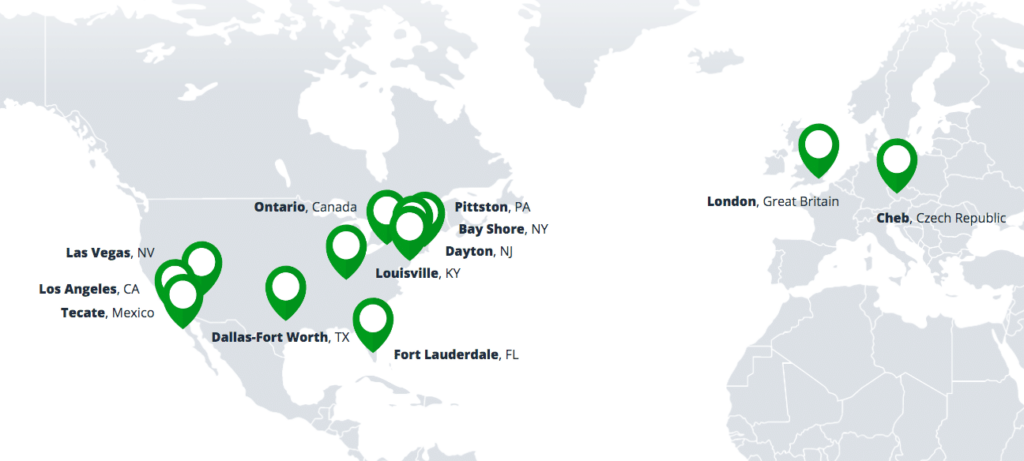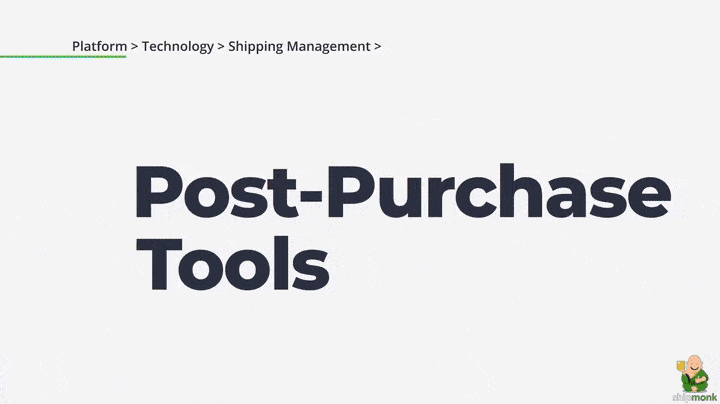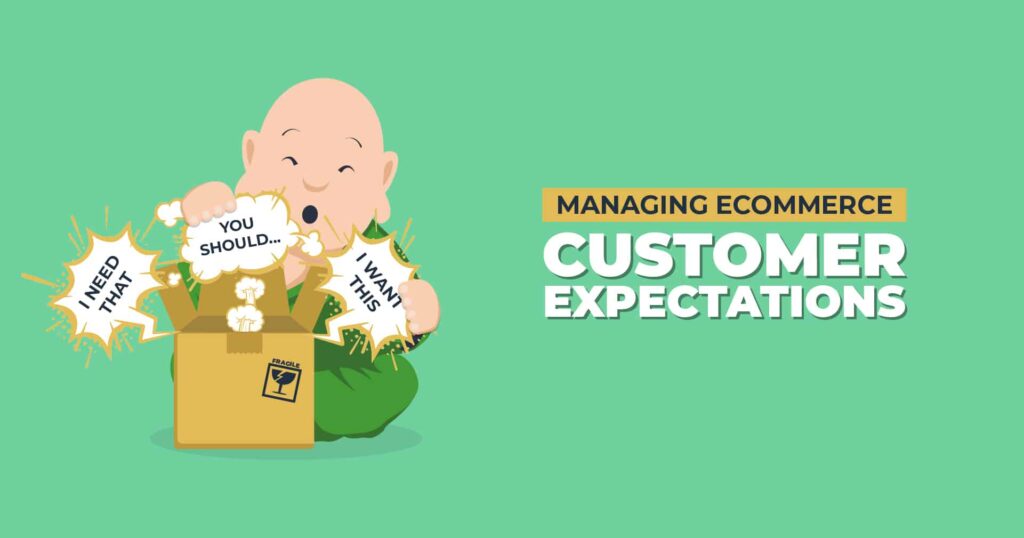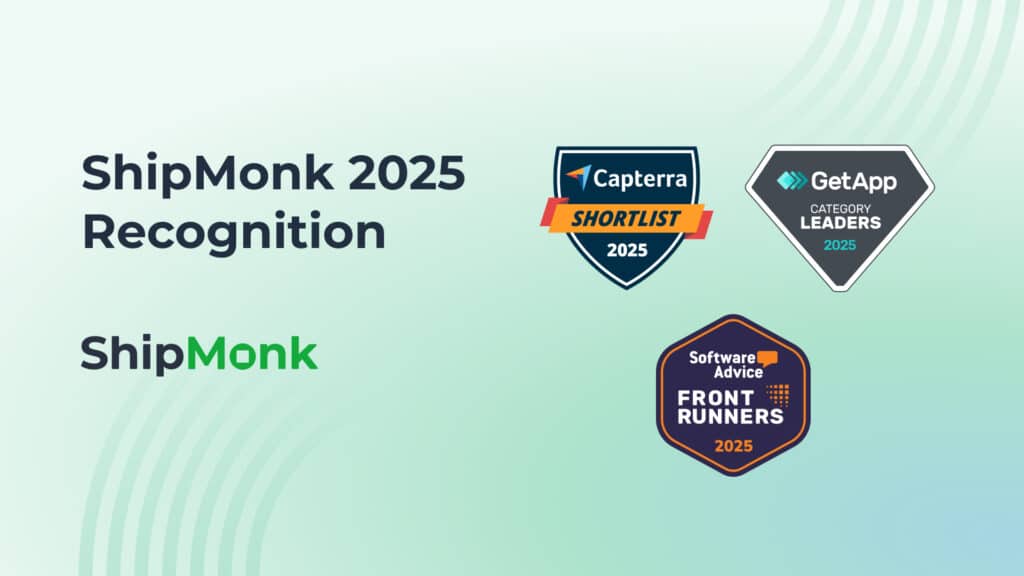When you launch an ecommerce business, you make a lot of promises: to yourself, to your family, to your investors, and to your customers. You also realize there will be times when you have so many balls in the air that you’re not going to be able to catch all of them. One of those balls is not only the most important for your business, but also the easiest to handle. Which one do you think it is?

Meeting customer expectations is the key to a successful ecommerce business. If you meet expectations, you create positive experiences and repeat customers. If you exceed expectations, you create brand devotees. On the other hand, if you fail to meet expectations, you create negative reviews that can quickly escalate and ruin your carefully built reputation.
What do customers really expect of your ecommerce business, and how can you make it easier to manage and meet those expectations? We can help you with that!
What do Ecommerce Customers Expect?
Let’s take a look at what goes through your customers’ minds as they’re shopping on your website, waiting for their order and opening their delivered package. It’s a long list, but if you’re doing the right things, with the right people and partners, you got this!
Easy to Find Merchandise — How are your customers getting to your website? Through Google search? By clicking on Instagram ads? It makes a difference. If a customer searches for a specific item, a Google search should take them to the product page to shop. When a customer taps an ad, they expect to be taken to the item in the ad, not your home page, fabulous as it may be. Make sure your website is easy to navigate, that your advertising is linked correctly and accurately reflects your product assortment and promotions (i.e., that it isn’t a bait and switch).
Browsing Before Buying — Don’t demand an email address or cell number before your customer has had a chance to look around. And don’t ask for more information than you need just to get a new sign-up. ClickTale ran a test and found they lost 39% of user sign-ups when they required a phone number.
Items in Stock — Know what your most popular items are, check levels frequently, and restock them early enough to avoid stockouts. And don’t advertise items you don’t have in stock.
Smooth Checkout — Filling in forms should be simple and prevent errors. Information in each field should be validated as it’s being entered to catch invalid mailing addresses, email and phone numbers before it’s too late.
Payment Options — More and more ecommerce storefronts are offering buy now/pay later options. They’re new enough that they may not yet be “expected,” but are more prevalent in certain categories than others.
Multiple Shipping Options — Every customer has different needs and priorities. Since you can’t read their minds, you need to offer options. Let them decide whether they’d rather spend more to get fast shipping, or wait longer to save on shipping. Not only does this set realistic expectations for delivery times, it also makes them feel like they’re in control of the process.
Alternative Delivery Locations — Not everyone works from home. Customers that can’t be home for delivery expect to be able to have their package shipped to a neighbor’s house, an office, a local UPS office, or a designated pickup spot.
Order & Shipping Confirmation — Transactional emails have the highest engagement rates of any type of email: 65% open rates and 17% click-through rates. Customers expect a notification that confirms what they ordered, the amount charged, and that you’ll be back in touch when their order ships. Shipping confirmation emails should include a tracking number that links to a tracking website.

Order Tracking — Tracking systems have become so common that customers expect to know, within a few hours, when their package will arrive. They expect frequent updates and a simple way to check on their order.
On-time Delivery — Your customer paid for delivery within a certain time frame. They rightfully expect to get what they paid for. If it’s late, they’ll blame you, not the delivery guy.
Packaging That Reflects Your Brand — Whether you’re selling high-end handbags or pet food, customers expect packaging that protects their purchase and reflects its value. The higher the price, the higher their expectations.
Undamaged Goods — Customers expect their order to arrive undamaged and unopened. Torn or dented packaging indicates mishandling, and doesn’t reflect well on your brand, even though it may or may not be your fault. Damaged merchandise indicates poor packaging, which is your responsibility.
Correct Merchandise — This is a no-brainer. Get the right SKU in the package or you’ll pay the price for a return and an upset customer. This becomes a greater challenge as you add more SKUs to your assortment. Clothing and apparel brands, especially encounter high SKU counts associated with products that contain numerous size and color options.
Easy Returns — Whether the customer received the wrong item or just doesn’t like what they got, making it difficult or impossible to return an item doesn’t help the situation.

How to Set Realistic Expectations
If you want happy customers, start by setting realistic expectations. There are plenty of opportunities during the customer’s journey to inform them of your speedy fulfillment capabilities, multiple shipping and payment options, or great return policy. (And if you don’t offer any of those things, take a look at your conversion rates. It may be time to figure out whether you’re turning potential customers away.)
While Shopping — Put your best foot forward by highlighting a differentiating perk, such as free returns or free shipping. Customers should see this everywhere on your website, including in the cart. Estimated delivery date ranges, estimated shipping costs, and clearly stated return policies all help to set realistic expectations.
In Cart — If items are backordered or there will be a delay in shipping, this should be clearly communicated in the cart. Promos and coupon codes should be automatically applied if a customer clicks on an email or ad offering one. And if a customer enters an invalid code, error text should explain why, so the customer can fix the error if possible.
Checkout — Put customers in control of their shipping speed and cost, so they’re the ones setting the expectations, not you. At minimum you should offer an expedited shipping option as well as an economy method. Also, setting a spend threshold for free delivery gives your customers a more realistic idea of actual shipping costs, and lets them decide whether free shipping is worth it.
Post Purchase — Picking, packing and shipping are ultimately your responsibility, even if you have a third-party logistics (3PL) fulfillment partner handling this for you. Delivery management is the practice of managing everything that is within your control to the best of your ability, from order processing to delivery, exchanges, and returns. Have the systems in place to automate transactional emails, clearly communicate expected shipping and delivery dates, enable order tracking, and quickly follow up on any delays or issues.
Returns — Include information in the order about how to make a return or an easy exchange. This not only cuts down on customer frustration, it also saves your company time and money when processing returns.

How a 3PL Can Help Manage Customer Expectations
A tech-forward, full-service 3PL partner is the right arm of a successful ecommerce business. At ShipMonk, our motto is “Stress Less, Grow more.” Our ecommerce clients have the freedom to promise their customers the world, because they have a global partner that can deliver on those promises. Here are 9 ways ShipMonk can help you manage customer expectations.

1. Multiple Warehouse Locations. ShipMonk employs 2,000+ team members across 11 state-of-the-art facilities in the US, Canada, Mexico, and Europe. By distributing inventory across multiple warehouse locations, you can shorten shipping distances, reduce shipping costs, and offer your customers 2-day delivery to virtually any location in the U.S.
2-Day Delivery to Any US Location!


2. Controlled Receiving Process. ShipMonk’s carefully controlled receiving process gets your merchandise on the shelves faster without sacrificing quality control. Inbound merchandise is unpacked, inspected for damage and missing items, dimensionally weighed, measured, and photographed for quality control purposes.

3. Kitting and assembly services. Sometimes you need extra help, such as re-labeling, kitting or assembly services to quickly get your merchandise on the shelves, or bundle your customers’ favorite products together. Not all 3PLs offer special services, but we do.


4. Inventory management. ShipMonk’s world-class 3PL software platform integrates seamlessly with shopping platforms and marketplaces, inventory and order management systems and other third-party ecommerce solutions. You have instant access to real-time inventory levels and can easily set reorder points to avoid stockouts, even if you split your inventory between our multiple locations.

5. Fast, accurate fulfillment. Our fulfillment centers utilize automated picking technology to maximize pick time and cost, speeding up fulfillment while maintaining industry-leading QC standards and 99% accuracy. Orders are prioritized, picked and packed according to your specifications, and shipped out that same day.

6. Branded packaging. Give your customers an exceptional unboxing experience that they’ll never get from an Amazon (FBA) order. ShipMonk is happy to accommodate branded packaging, packing materials and package inserts.

7. Virtual Carrier Network (VCN). Because we ship tens of thousands of packages a day, we can negotiate discounted shipping rates. But that doesn’t mean we’re tied to any single shipping carrier. Our Virtual Carrier Network sorts through all the shipping options available for each package you ship and picks the best, most economical way to get the package delivered on time. If one carrier is at full capacity, or not meeting SLAs (Service Level Agreements), we switch to another. This ability to pivot quickly means fewer problems, especially during peak season. (BTW, we don’t charge extra for this VCN rate-shopping service. It’s standard for ShipMonk clients!)
8. Package protection and branded tracking portal. The average customer checks the status of their order 7 times. ShipMonk offers a service called MonkProtect™ where customers can opt-in at checkout to insure their own orders against loss or damage, or merchants can automatically add protection to every order. With MonkProtect, merchants can also host the order-tracking function and claims processing on their own branded website. So instead of sending customers to FedEx or UPS, your customer gets a seamless experience, and you get 7 more chances to promote sales, seasonal promos, secondary purchases, loyalty plans, and referral discounts.



9. Returns. ShipMonk handles reverse logistics as efficiently as we handle order processing. Returned merchandise is inspected and reshelved, donated, recycled, or disposed according to your specifications. Reshipments and exchanges are processed as soon as they are approved.
Happy Customers = Growth
It’s not rocket science. Managing customer expectations leads to happier customers. Happier customers lead to repeat purchases. Repeat purchases lead to brand growth. Managing expectations is simply a matter of 1) setting realistic expectations, 2) giving customers control over key decisions, 3) keeping them informed, and 4) putting your ecommerce fulfillment operations in the hands of experts who can deliver on your promises. If your fulfillment provider isn’t meeting your expectations, find one that can.
The way we see it, if your business is growing, then our business is growing. Contact ShipMonk today, and let us help you Stress Less, Grow More!






